Artificial life (often abbreviated ALife or A-Life) is a field of study wherein researchers examine systems related to natural life, its processes, and its evolution, through the use of simulations with computer models, robotics, and biochemistry.
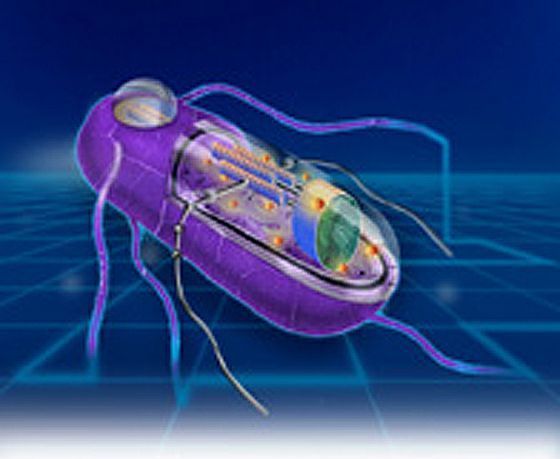

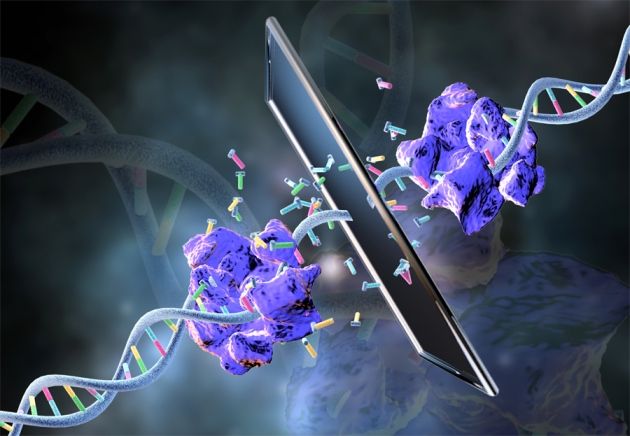
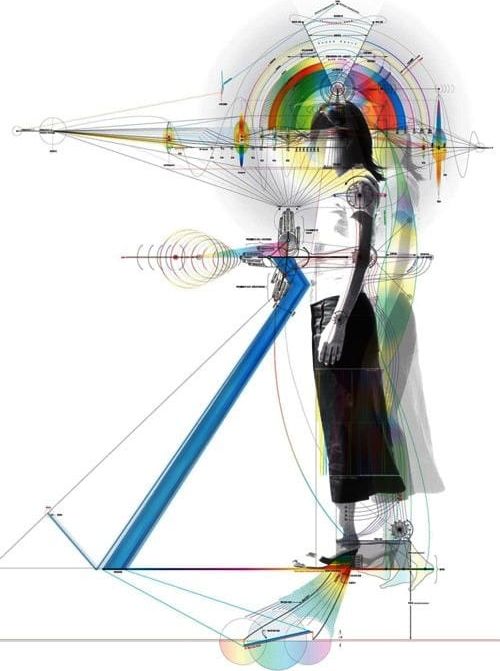
The double helix of dna and transferring for information and energy by torsion field in quantum beings.
Every human is a complex, multi-dimensional energy being.
THE HUMAN BIOFIELD DEFINED:
The human biofield is the energetic blueprint or matrix that creates the human form. Every human being, and every living creature on this planet, has such a blueprint. The human biofield is multidimensional, offering 3D physical form along with the vibrational aspects of the emotional and mental planes and beyond. The biofield is holographic and predetermines who we are, while at the same time reflects our state of being moment to moment. If any portion of the physical body is removed, the holographic blueprint of that tissue remains. The biofield can be read, scanned and interpreted in many different ways, just like any blueprint.
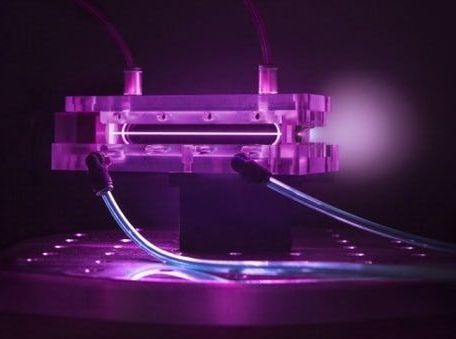

The Gordon and Betty Moore Foundation has awarded 13.5 million US dollars (12.6 million euros) to promote the development of a particle accelerator on a microchip. DESY and the University of Hamburg are among the partners involved in this international project, headed by Robert Byer of Stanford University (USA) and Peter Hommelhoff of the University of Erlangen-Nürnberg. Within five years, they hope to produce a working prototype of an “accelerator-on-a-chip”.

THE PHOTONIC FENCE:
Laser Insect Monitoring and Eradication.
The Photonic Fence is poised to revolutionize response to and monitoring of harmful insect incursions in agriculture, hospitality, government, military and residential pest control markets.
The Photonic Fence monitors insects in flight and eliminates those identified as targets by shooting them down with a micro-burst of laser energy. The Photonic Fence also holds the potential to create entirely new methods of entomological study.
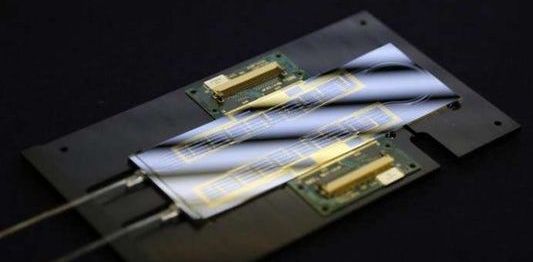
Researchers from the University of Bristol and Nippon Telegraph and Telephone claim to have developed a fully-programmable quantum optical chip able to encode and manipulate photons in an infinite number of ways. This breakthrough may pave the way for true quantum optical computing systems.
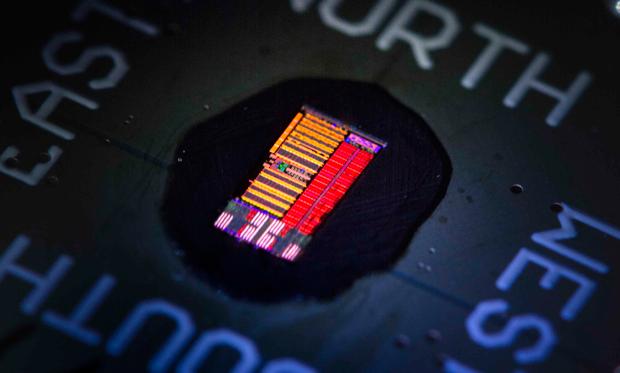

Batteries are great, except that they take a long time to charge. When you are dealing with a lot of batteries, you have to have a lot of time to charge them. But what if you could reduce the charging time by adding more batteries? Sounds unreal? Probably, but that is what scientists at the University of Adelaide are going to try to achieve by creating world’s first quantum battery.
